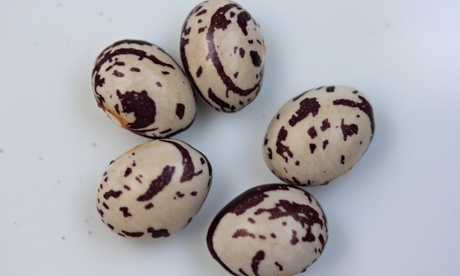Tomatoes to French or runner beans, there’s no need to buy seeds. Simple steps save them and preserve heritage varieties, advises our Vertical Veg man as part of his series about container gardening
 Until 50 or 60 years ago, saving some of your own seed was an integral part of the gardening year for most vegetable gardeners. Over generations, their dedication helped to create a rich diversity of vegetable varieties, adapted to suit the local soil and climate. Knowledge of how to save seeds has largely been lost by amateur gardeners and today many of us assume that they are something you have to buy in packets from seed suppliers.
Until 50 or 60 years ago, saving some of your own seed was an integral part of the gardening year for most vegetable gardeners. Over generations, their dedication helped to create a rich diversity of vegetable varieties, adapted to suit the local soil and climate. Knowledge of how to save seeds has largely been lost by amateur gardeners and today many of us assume that they are something you have to buy in packets from seed suppliers.
This is a shame. Not least because there is something immensely rewarding about saving a few of your own seeds. You get to watch them grow the following year. You can share them with your friends and neighbours, or give them away as presents. You can take them to seed swaps to exchange for other intriguing varieties. And by saving your own seeds you can also help to preserve heritage varieties, many of which are in danger of being lost.
Some vegetables are easier to save seeds from than others. When growing in a small space, it’s easiest to save good quality seeds from “self-pollinated” crops. This is because self-pollinated plants hold all the genetic information they need for healthy offspring within one plant (so even if you are only growing one plant you can save seeds from it – although the more the better). Self-pollinated crops include tomatoes, French and runner beans, lettuce, peas, chillies, and peppers.
Read more: http://www.theguardian.com/lifeandstyle/2014/sep/12/why-we-should-revive-the-art-of-saving-seeds























